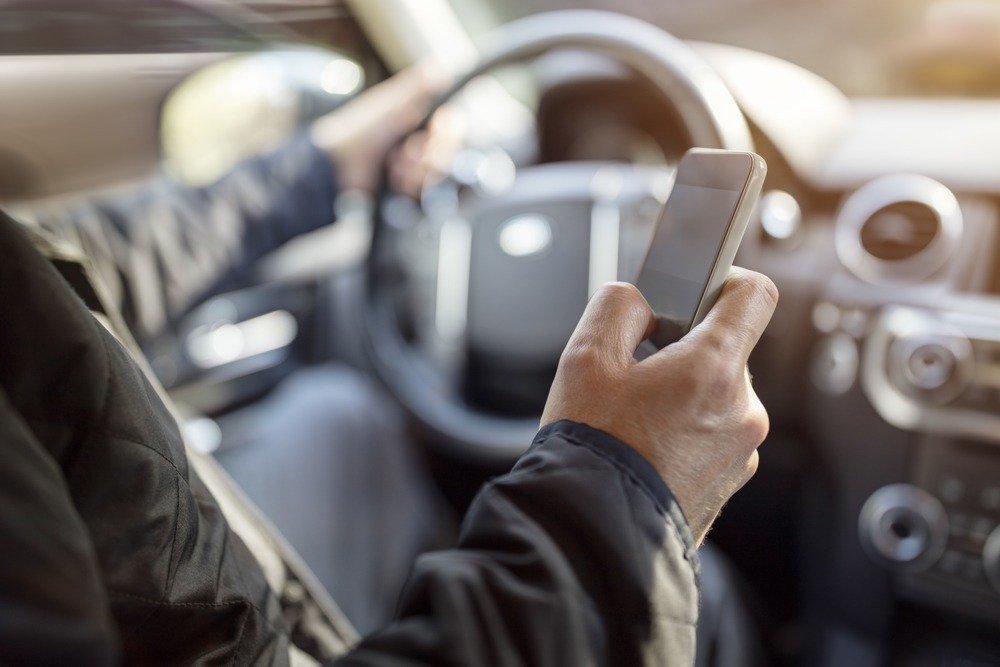Distracted Driving

Driving is a skill that requires your full attention to safely control your vehicle and respond to events happening on the roads around you. Driving involves constant and complex coordination between your mind and body. Anything that prevents you from operating your vehicle safely is a distraction. The following are the 3 types of driver distractions:
- Visual — Eyes off the road. Visual distractions are the most common type of distraction – basically, they are anything that takes a driver’s eyes from the road or even for a split-second, change their visual focus from driving. It could be looking for items in the vehicle, looking at the scenery around them, or they could be looking down at their console to view a text message or watch a YouTube video. These are just a few of the visual factors that can take a driver’s visual attention from the road.
- Cognitive — Mind off the road. These are distractions that keep a driver’s mind from being focused during driving. You can probably remember times that you’ve driven down the road, most likely a barren freeway or a road you’ve traveled many times before, and you realize you cannot remember the last five or 10 minutes of the trip. This is one way a cognitive distraction takes over. If something else captures your attention, like an argument with a spouse or coworker, or you are having trouble concentrating on the road, it could lead to potential accidents. You won’t be in the right state of mind to think quickly or drive as safely as you should. Again, cogitative distractions can take on many forms: emotional stress, family or money problems, or even talking to someone else in the fleet vehicle. Using a mobile device can also involve cognitive distractions.
- Manual — Hands off the steering wheel. Manual distractions, as you might imagine, can be combined with visual distractions. A manual distraction involves the driver taking their hands off the steering wheel for any reason. It may be to change the radio station or lower the volume, answer a call or send a text message, grab their cup of coffee, or eat that breakfast burrito on the way to the job site.
Some actions that cause distracted driving and lead to vehicle collisions are:
- Using a handheld device (for example, cell phone, music device).
- Reaching for an object inside the vehicle.
- Looking at an object or event outside of the vehicle.
- Reading.
- Eating.
- Applying cosmetics (makeup).
How to Prevent Distracted Driving
Based on findings from the National Highway Safety Traffic Administration (NHTSA), using a phone behind the wheel, whether for texting, calls, social media or otherwise, has the biggest potential for distraction while driving. This is because it combines all three forms of distraction, manual, visual and cognitive.
We encounter or engage in many of these types of distractions without even realizing it. But for safe driving, you must have eyes on the road, hands on the wheel, and full attention on the road and drive defensively. It is important that you avoid all types of distractions behind the wheel. Here are some of the top things drivers can do to avoid distracted driving:
- Finish meals, grooming, etc. before getting behind the wheel.
- Program any phone or GPS directions before starting your trip.
- Complete calls, texts, emails, etc., prior to vehicle movement.
For many drivers, the temptation or perceived need to use their phones behind the wheel is just too strong. Even with education, continuous warning and consequences, people are still using their phones and getting into accidents.


